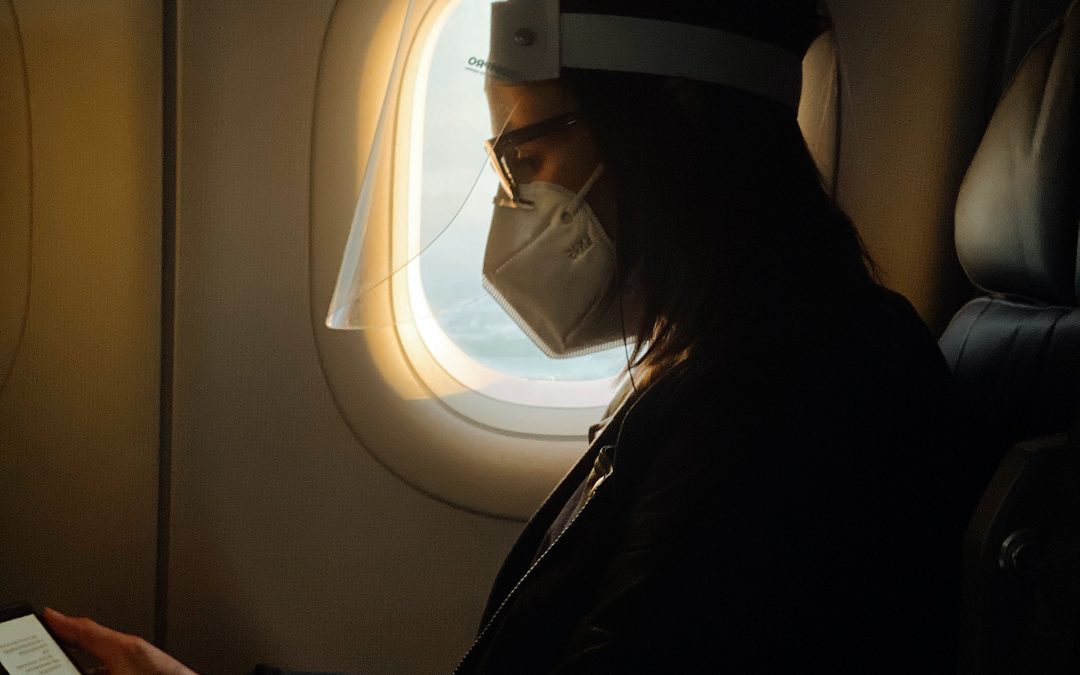The past year has been crazy enough; don’t make it crazier by getting stuck in another country because of travel restrictions or by arriving at the airport late only to realize you forgot your mask at home. Here are a few helpful tips and tricks for traveling during the pandemic (or a future global crisis).
Consult Trusted Sources
The Centers for Disease Control and Prevention (CDC) and the World Health Organization (WHO) websites are fantastic starting points for travel information. The U.S. Department of State also provides useful information at travel.state.gov. There, you can navigate to the “Country-Specific Information” page. Click on a country’s name to read about entry and exit requirements, curfews, quarantine requirements, transportation options, and COVID-19 testing options in the country. It’s also a good idea to check out the “Travel Advisories” page. You can search for any country and read about the latest advisories for that destination.
If you are traveling within the United States, each state’s Department of Health likely has information online about travel restrictions, current quarantine guidelines, and other state-specific advisories.
Traveling by car is the safest option, but if you are traveling by plane, read all of your airline’s policies. Some airlines require you to take your temperature before leaving for the airport, and they may enforce other rules such as keeping middle seats open unless you are traveling with someone from your household. You will also want to know the airline’s policy about refunds in case you contract COVID-19 or encounter restrictions as you travel to your destination.
Be Prepared
Some tourist attractions have implemented timed entry to limit the number of people inside a building at one time, so you might have to sign up online for a time slot. Unfortunately, some shops and attractions may also limit the total amount of time you spend inside their building. To avoid surprises, check your destination’s website to read about new policies.
When considering where to stay, U.S. News notes that it’s best to look ahead of time for a place with private amenities. Consider renting a vacation home or a cabin. In a hotel or at a campsite, you may share germs with others who use community areas such as bathrooms or lobbies; however, a hotel could be a safe option if it is committed to rigorous cleaning and only fills a fraction of its rooms. Lower occupancy means you will probably stay in a room that wasn’t inhabited by someone else just hours before.
Below is a COVID-19 safety checklist containing items to pack, information to verify, and other factors to consider as you prepare for your journey. Best of luck and stay safe!
—Abbey Huch
Safety Checklist
- Pack masks, hand sanitizer, wipes for surfaces on public transportation and planes, and a water bottle (staying hydrated helps your immune system).
- Enroll in the Smart Traveler Enrollment Program (STEP) at www.step.state.gov. Consular officers provide warnings about potential dangers abroad (like terrorism or natural disasters) and can direct you to people who could help you in an emergency.
- Find and connect with your country’s embassy closest to the place you are visiting. The embassy can help you with any difficulties that arise.
- Read up on your airline’s regulations. Know its policy for refunds in case you get sick.
- Check all tourist attraction websites for possible timed-entry requirements and sign up for time slots.
- Consider investing in a selfie stick—you don’t want a stranger to handle your phone just so you can get a photo!
- Reconsider travel if you live with or work with those who are at high risk.

